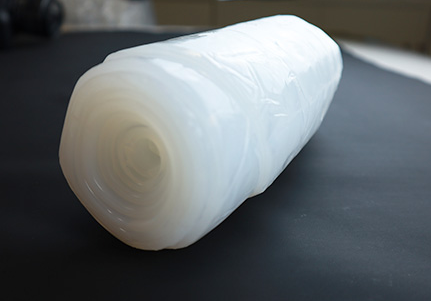Silicone rubber is an important synthetic rubber material, and its manufacturing methods are mainly divided into additive method and liquid silicone rubber method.
The additive method is to mix silicone rubber base material with various additives and react at high temperature to form solid silicone rubber. This method is simple and easy to implement, suitable for large-scale production. The law of liquid silicone rubber is to use liquid silicone rubber as a base material and cure it into silicone rubber through the action of a catalyst. This method has higher flexibility and controllability, and can be customized for production according to different needs.
The excellent performance and diverse manufacturing methods of silicone rubber make it an ideal choice for various industries. In the electronics industry, silicone rubber is commonly used in components such as thermal pads and sealing pads to provide excellent thermal conductivity and sealing performance. In the field of medical devices, silicone rubber is widely used in medical equipment due to its non-toxic, odorless, and corrosion-resistant properties.
In the future, the development prospects of silicone rubber are very broad. With the continuous advancement of science and technology, the improvement and innovation of silicone rubber will be applied in more fields. For example, the development of silicone rubber with higher strength and wear resistance can be applied in high demand fields such as aerospace and energy industries. Meanwhile, utilizing the electrical insulation properties of silicone rubber to research and develop more efficient and safer electronic devices and components is also an important direction.
Overall, silicone rubber, as an important synthetic rubber material, will continue to play a significant role in the future and demonstrate its unique advantages in more fields.
